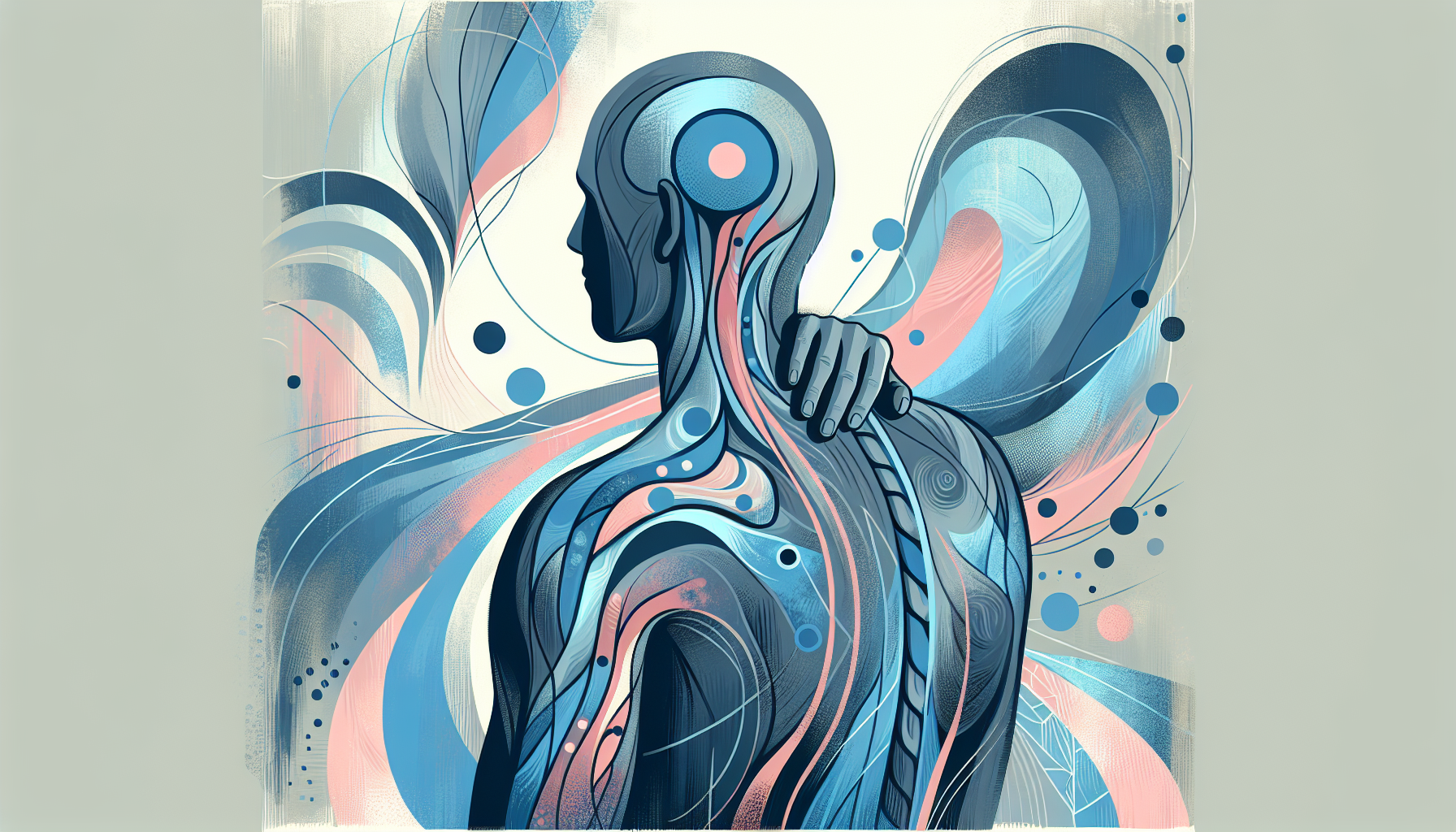Does Gabapentin Help with Sciatica?
Sciatica can cause sharp pain that shoots down your leg, making simple tasks hard. Many people wonder if gabapentin, a common medication, can ease this pain. This article [...]
Read MoreGanglion cysts are small, fluid-filled lumps that commonly develop on the joints or tendons, particularly in the wrists, hands, and fingers. These non-cancerous growths can vary in size and may feel soft or firm to the touch. While ganglion cysts are usually painless, they can sometimes cause discomfort or interfere with joint movement.
The exact cause of ganglion cysts is unknown, but they may develop due to:
Joint or tendon injury
Repetitive stress on the joint
Arthritis or joint inflammation
Certain factors can increase your risk of developing a ganglion cyst, such as being between the ages of 15 and 40, being assigned female at birth, or having a history of joint or tendon injuries.
The most common symptoms of a ganglion cyst include:
A visible lump near a joint or tendon
A bump that changes in size or disappears and reappears
Pain or tenderness in the affected area
Weakness or numbness in the joint or surrounding area

To diagnose a ganglion cyst, your doctor will typically perform a physical examination and may recommend additional tests, such as:
Needle aspiration to analyze the cyst's fluid
Ultrasound to determine if the lump is solid or fluid-filled
MRI to assess the cyst and surrounding tissues
X-ray to rule out other conditions, such as tumors or arthritis
If the cyst is large, solid, or involves a blood vessel, your doctor may refer you to a hand surgeon for further evaluation.
Treatment for ganglion cysts depends on their size, location, and the severity of your symptoms. Options include:
If the cyst is small and doesn't cause pain or interfere with joint movement, your doctor may recommend monitoring it for changes. Many cysts resolve on their own without treatment.
In this procedure, your doctor uses a needle to drain the fluid from the cyst and then injects a steroid to reduce inflammation. The joint is then splinted to minimize movement. While aspiration can provide temporary relief, the cyst may recur.
For persistent or painful cysts, your doctor may recommend surgical removal (ganglionectomy). This procedure involves removing the cyst and its stalk using minimally invasive techniques or open surgery. Recovery typically takes 2-6 weeks, and the recurrence rate is less than 15%.
While there is no guaranteed way to prevent ganglion cysts, early diagnosis and treatment can help manage symptoms and reduce the likelihood of complications. If you notice a lump or experience pain near a joint or tendon, consult your doctor for an evaluation.
With proper care and treatment, most people with ganglion cysts can expect a full recovery and a return to normal activities. Remember, although these growths can be bothersome, they are rarely a cause for serious concern.
For more information on ganglion cysts and their management, consult the following resources:
Sciatica can cause sharp pain that shoots down your leg, making simple tasks hard. Many people wonder if gabapentin, a common medication, can ease this pain. This article [...]
Read MoreBack pain is one of the most common health complaints, affecting millions of people worldwide. If you have back pain, you might have heard about gabapentin as a possible [...]
Read MoreIf you take gabapentin, you might wonder if it will show up on a drug test. This question matters for many people, whether it’s for work, sports, or legal reasons. Gabapentin [...]
Read More